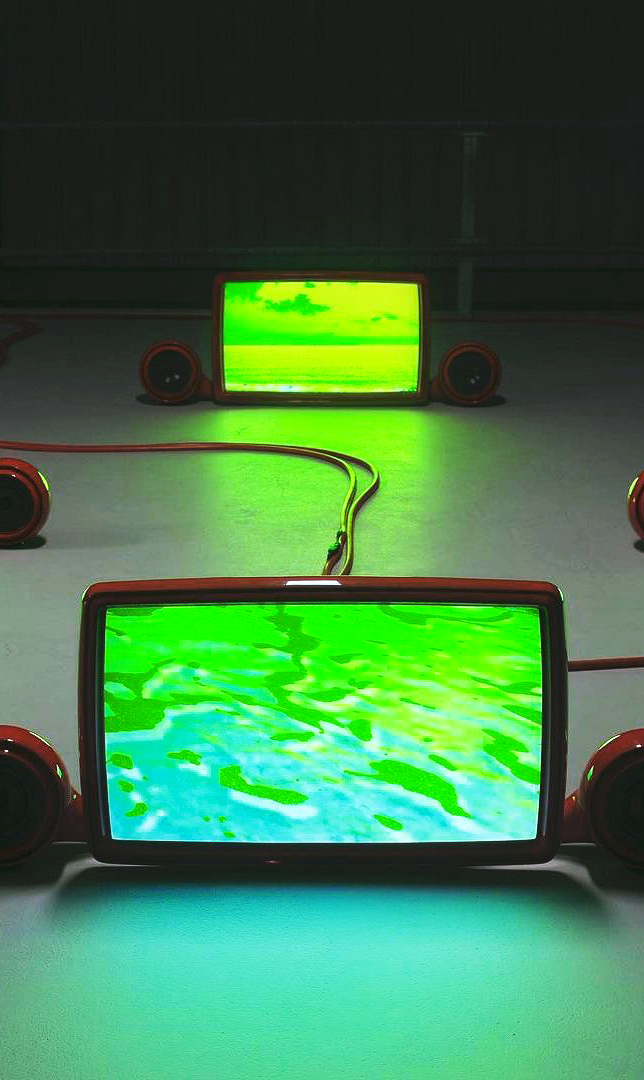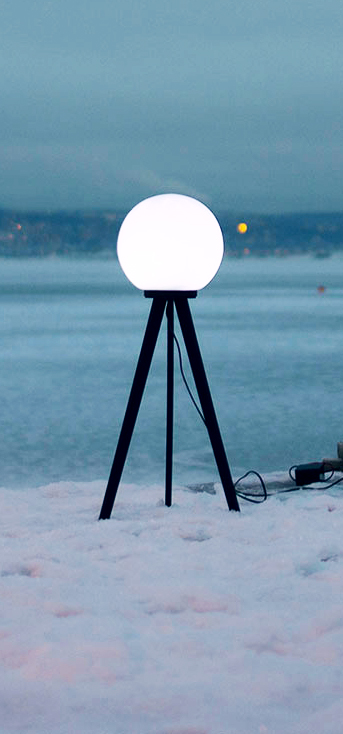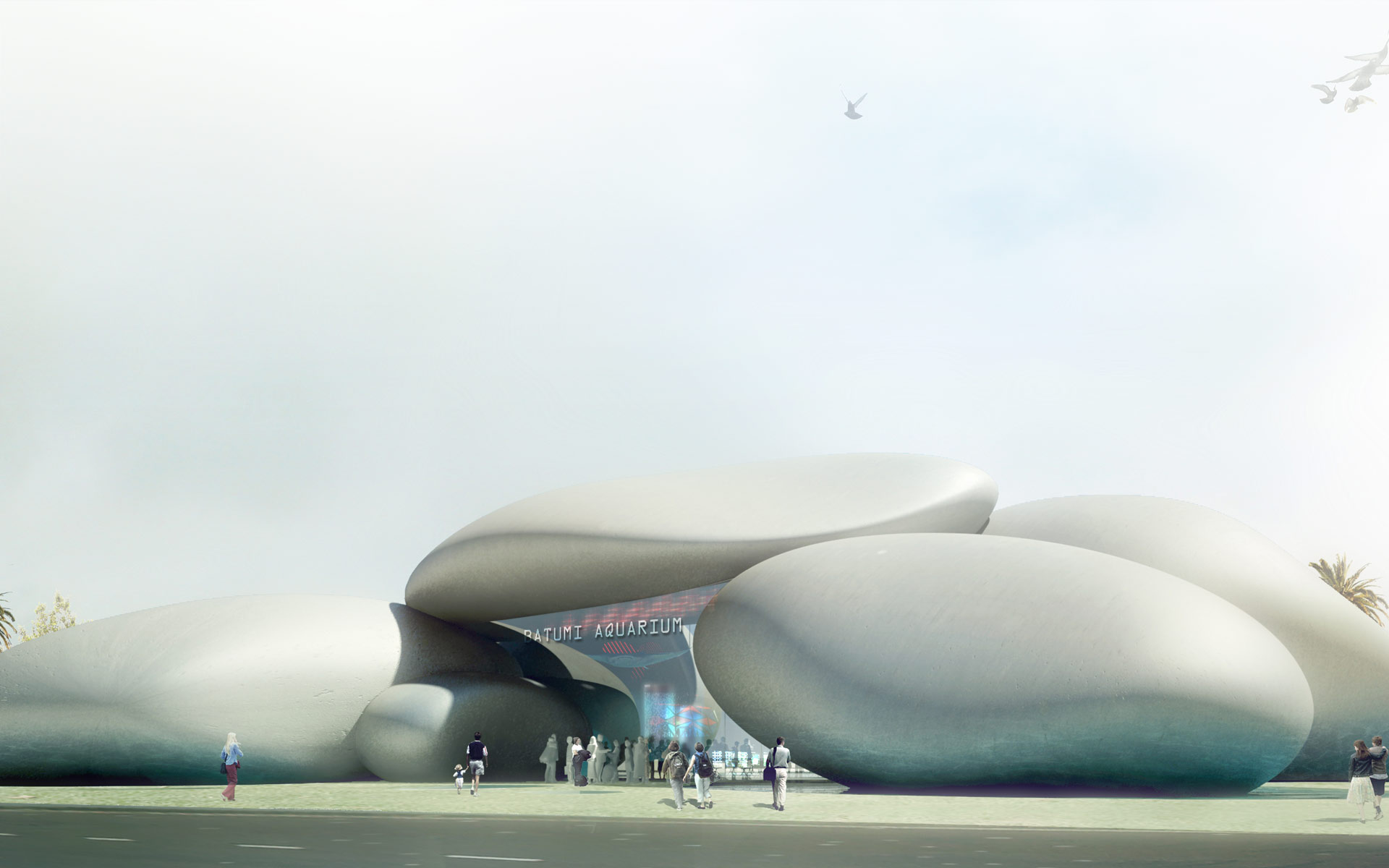
Kian-Peng Ong
Coronado
File festival
“Coronado” was inspired by a visit to the Coronado beach in California, which was an awe inspiring moment never experienced in other beaches. The soundscape present in Coronado seemed to be coming from all directions with layers and layers of sound waves. I decided then that I would make a sound work to translate this experience. The sound installation is characterized by the interplay of the analog and digital sound sources which layers over one another, exploring the idea of a seascape. The center of the installation is an ocean drum controlled with mechanical arms that creates and simulates the sound of sea waves. This is picked up by the microphone, reprocessed through the computer and sent out to the 6 channel surround speakers in different time. The interplay and sense of endlessness in the layering the analog and digital are my interpretation and response to the wonderment I found in Coronado.





